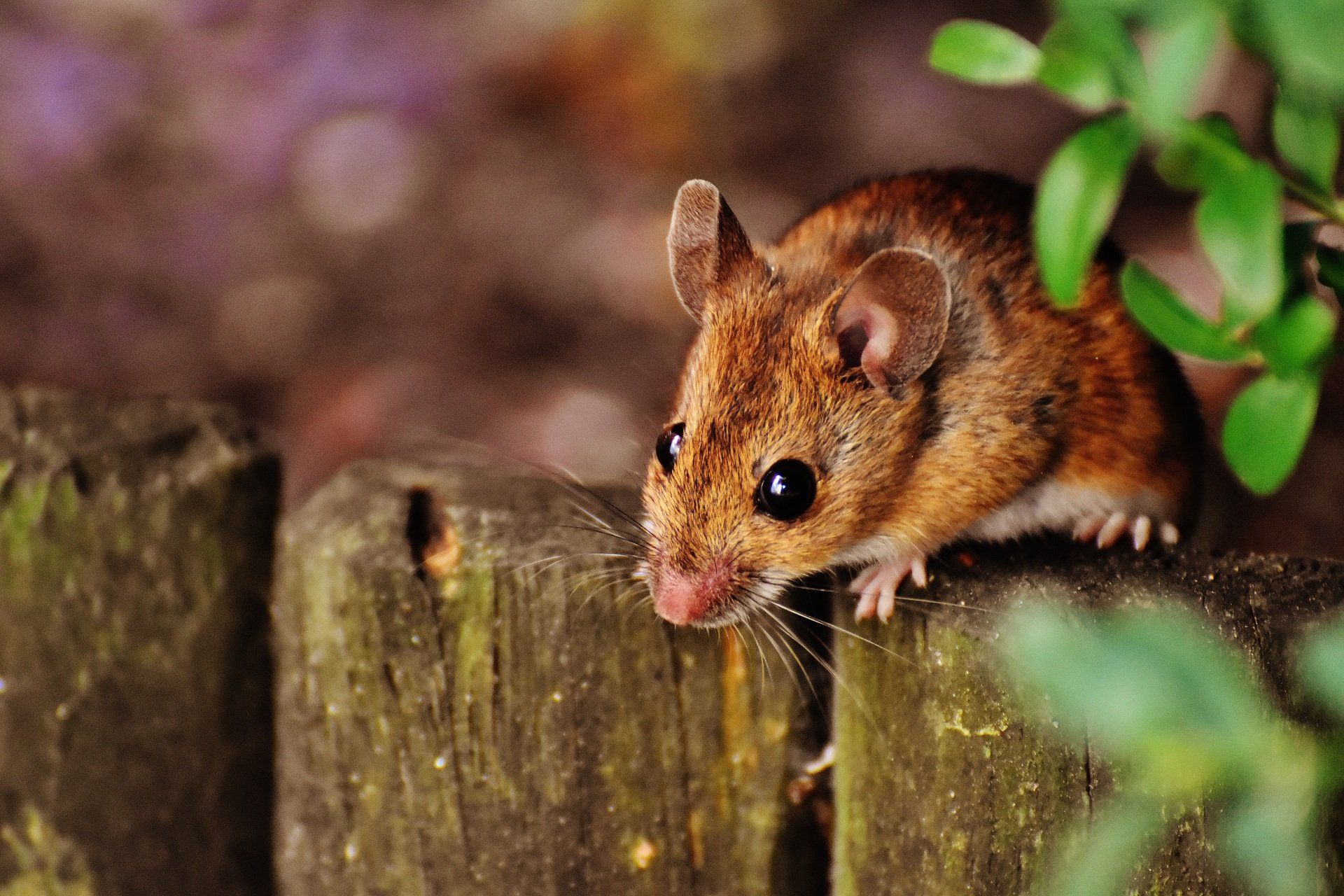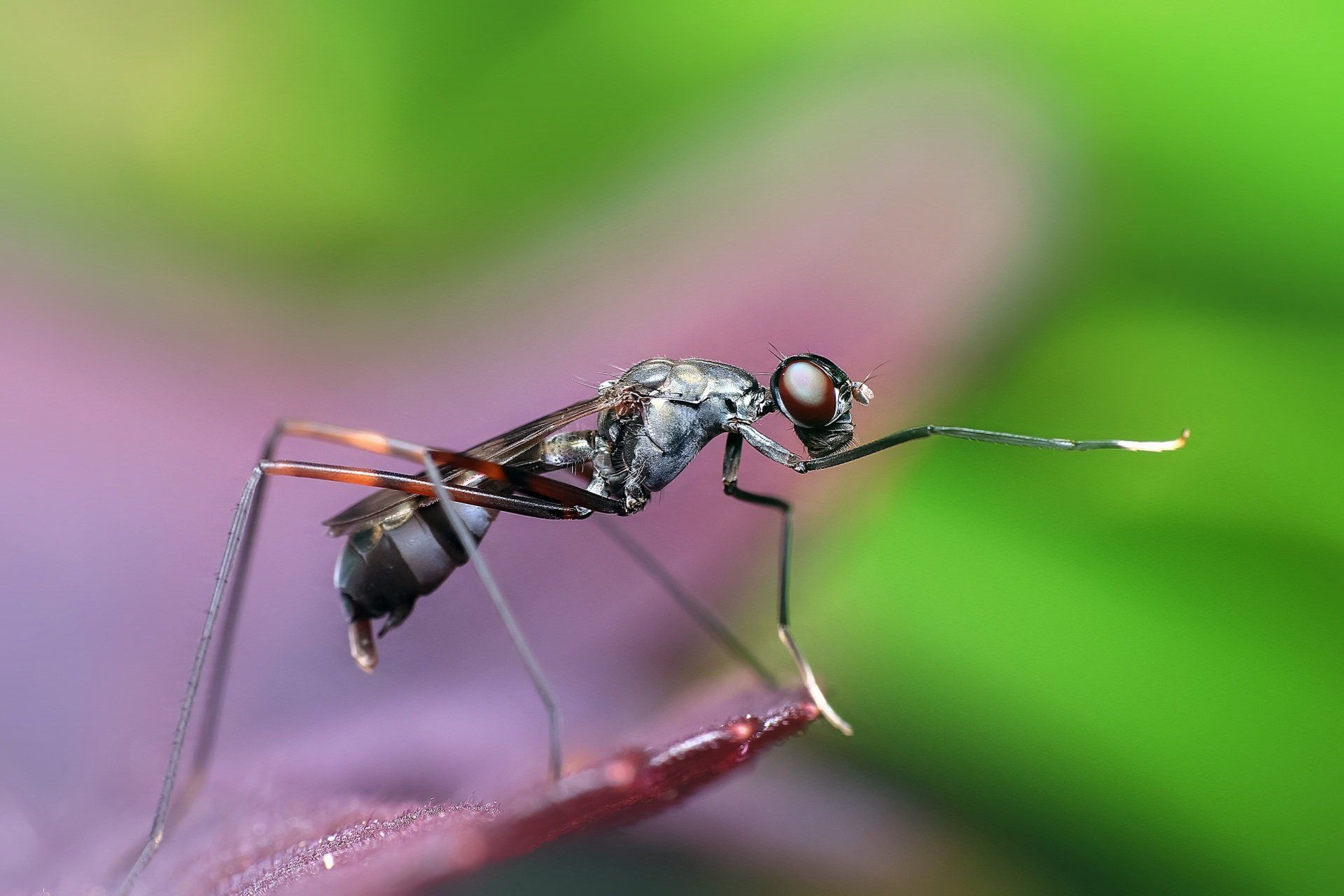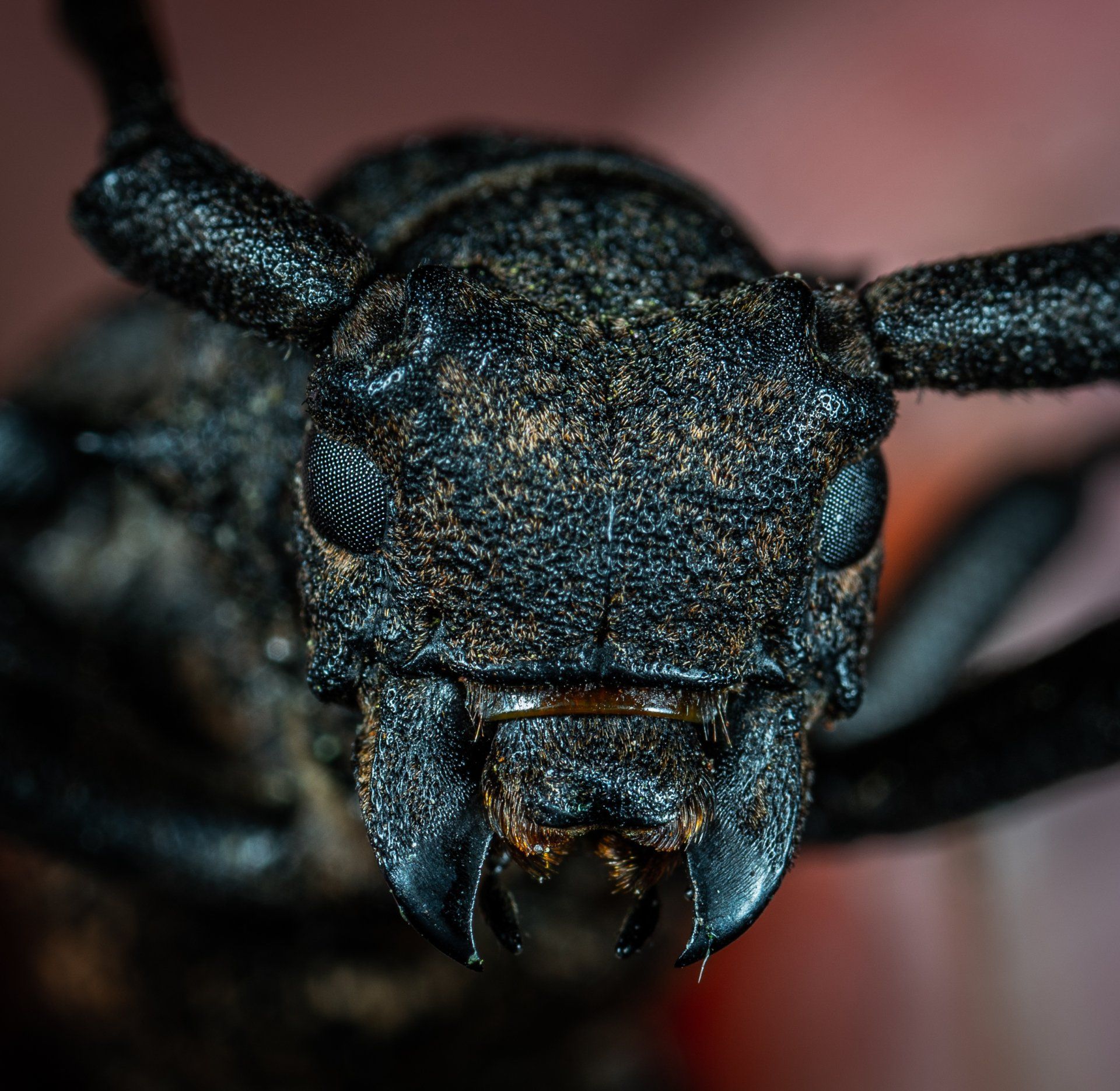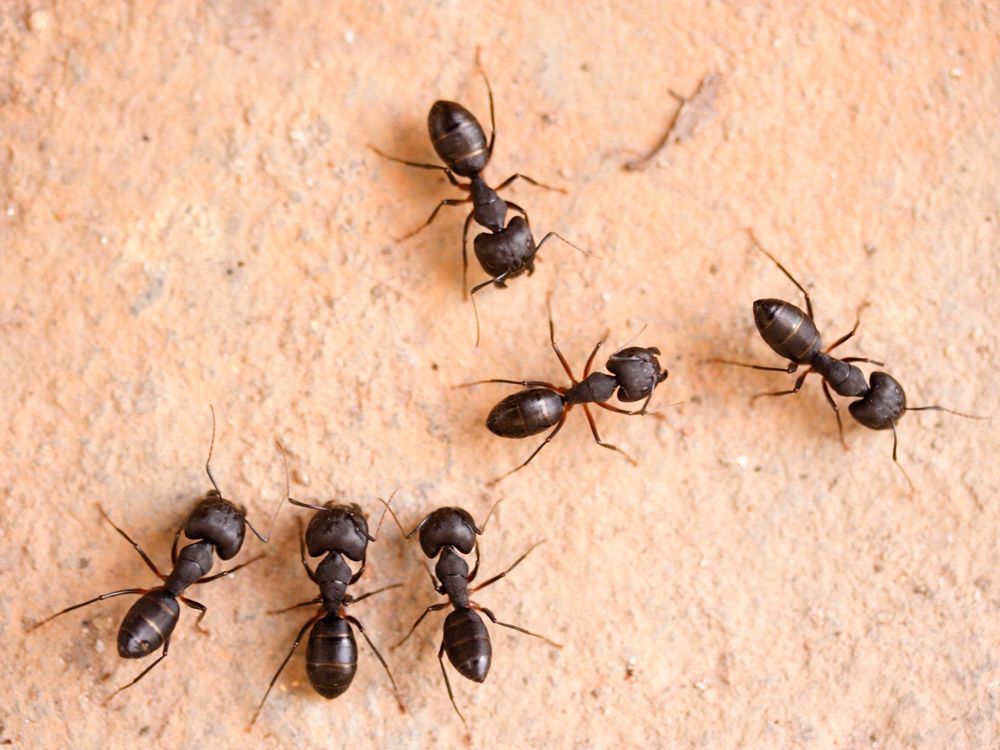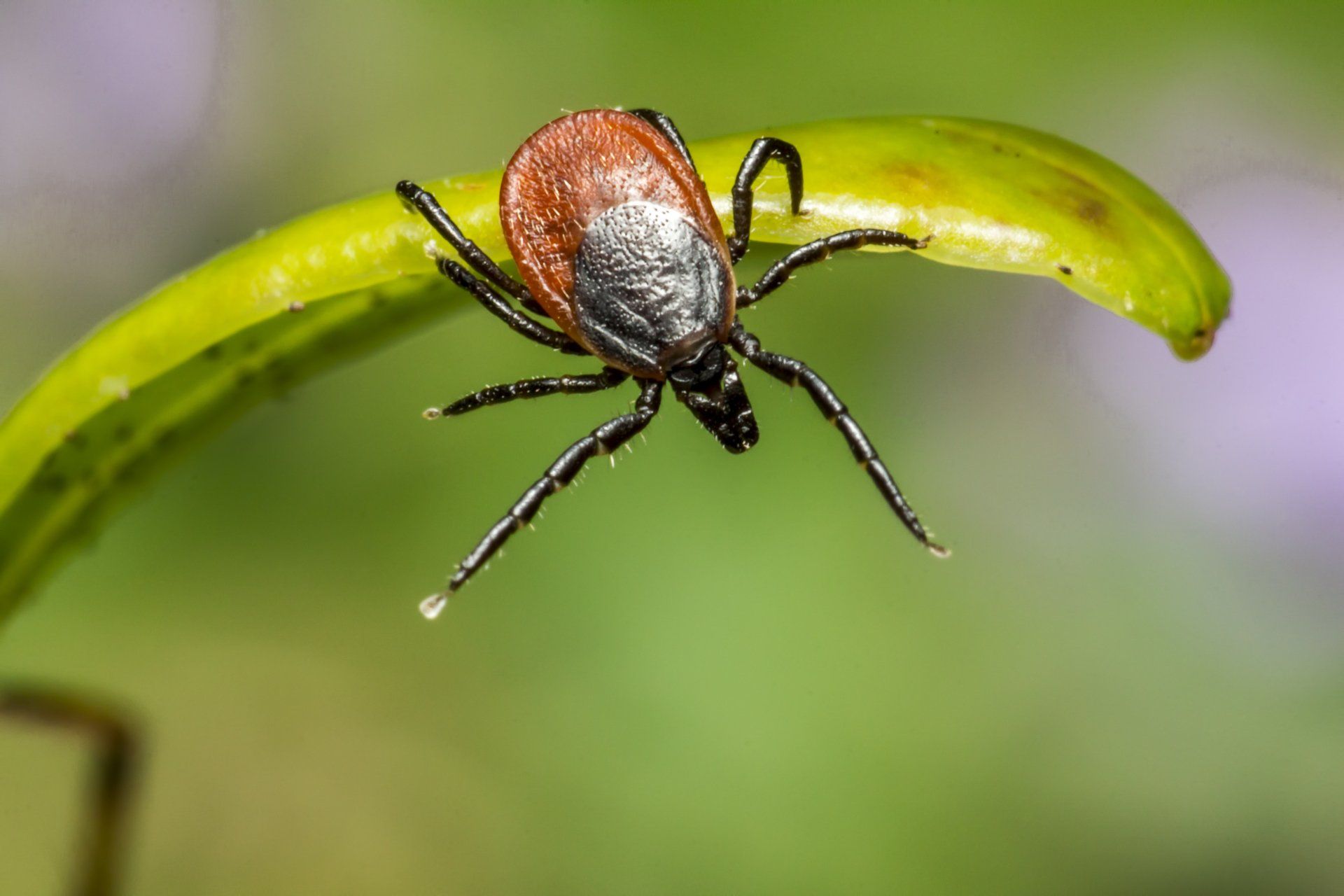House Centipede vs Silverfish: Key Differences
Silverfish vs a house centipede: which ones do you have?
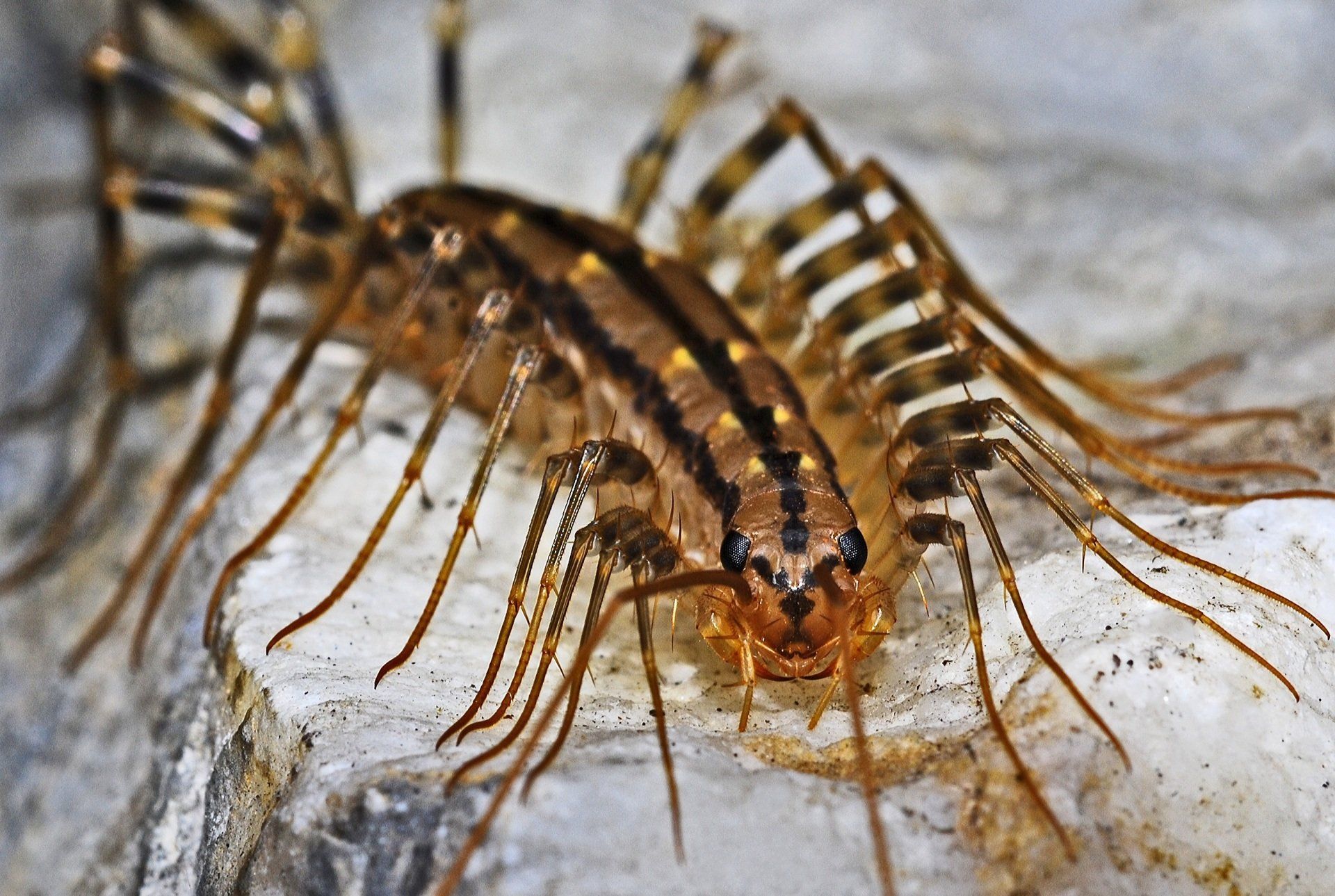
House centipedes: we’ve all seen them, but have you ever seen one run on its hind legs? Even more startlingly, they can regrow their legs and have poisonous fangs.
Silverfish are another common household pest. They aren’t poisonous and don’t bite. Even more interestingly, they’re older than dinosaurs by 100 million years and are among the
oldest insects the world has ever seen.
If you’ve got pests in your home, you might be wondering about a house centipede vs silverfish, and which insect you’ve got lurking in the corners.
What Is a Silverfish?
When comparing a silverfish vs a house centipede, tiny silver insects are commonly a silverfish bug. This insect has tiny scales and resembles a fish. It also has antennae. Their bodies are flat and oval-shaped.
You’ll commonly find silverfish in the dark, where they prefer. During the day they hide, doing their best to avoid the direct sunlight. If they’re hiding under an object and you move it, they’ll run out and find another object to hide beneath.
If you spot a tongue silverfish you’ll find it looks the same as an adult but is white and smaller. These insects grow in damp, cool, dark places. You’ll commonly see large groups of silverfish near wet stones.
They’re also commonly in basements, bathtubs, sinks, behind baseboards, on closet shelves, behind windows, behind door frames, or on bookcases.
These insects pose a nuisance but won’t hurt you. They can, however, contaminate your food with their excrement. If you find a silverfish bug in your food, throw your food out.
They can’t make you sick and they don’t bite, but they can damage your home. They can chew through your belongings and stain your items with their excrement, so it’s best to let a
professional pest control company handle an infestation.
What Is a House Centipede?
A house centipede is often called a “hundred-legger” due to its multiple pairs of legs. They’re commonly found across the globe and are common in the US.
They’re nocturnal, so it’s not common to see them. They’re also very fast which makes them difficult to catch. It’s common for centipedes to live for longer than a year, with some living for as many as 6 years.
These insects are yellowish brown and can have anywhere from 15 to 177 pairs of legs. Their bodies resemble a worm but are elongated and flat.
They have antennae and are anywhere from ⅛ inch to 6 inches long.
You might see stripes on house centipedes or other dark markings. Their mouths are tiny but they have large venomous structures that resemble claws. Some may be blind and some may have eyes with upwards of 200 optical units.
Bites, Eggs, and More
House centipedes can bite, especially if you handle them roughly. These bites can be strong enough to break human skin and may result in swelling and pain. A house centipede bite is similar to being stung by a bee and is very painful, which is why you need to be very careful when handling them.
These insects lay their eggs during the summer and overwinter outdoors. Females can produce more than 35 eggs in a matter of days. They look for protected situations to lay their eggs and are common in places with high moisture.
This includes beneath stones, rotting logs, in grass or leaf piles, and in the garbage. If they enter a house, they commonly prefer crawlspaces, bathrooms, basements, and potted plants, similar to
cave crickets.
House centipedes are nuisances and don’t pose a large threat to your property or your health. Keep in mind that all house centipedes have poison jaws they use to inject their prey with venom.
House Centipede vs Silverfish
When determining if you have a house centipede vs silverfish, neither is harmful to humans, but this doesn’t mean you want an infestation. Silverfish bugs can contaminate food and house centipedes have a venomous, painful bite similar to a bee sting. If you suspect an infestation, it’s best to let a professional handle it.
Are you in need of pest removal services in Sparta, NJ, and the surrounding areas? Serene Property Services can help. Check out our
services page or contact us to set up an estimate.
We will get back to you as soon as possible
Please try again later
About Us
Contact Info

